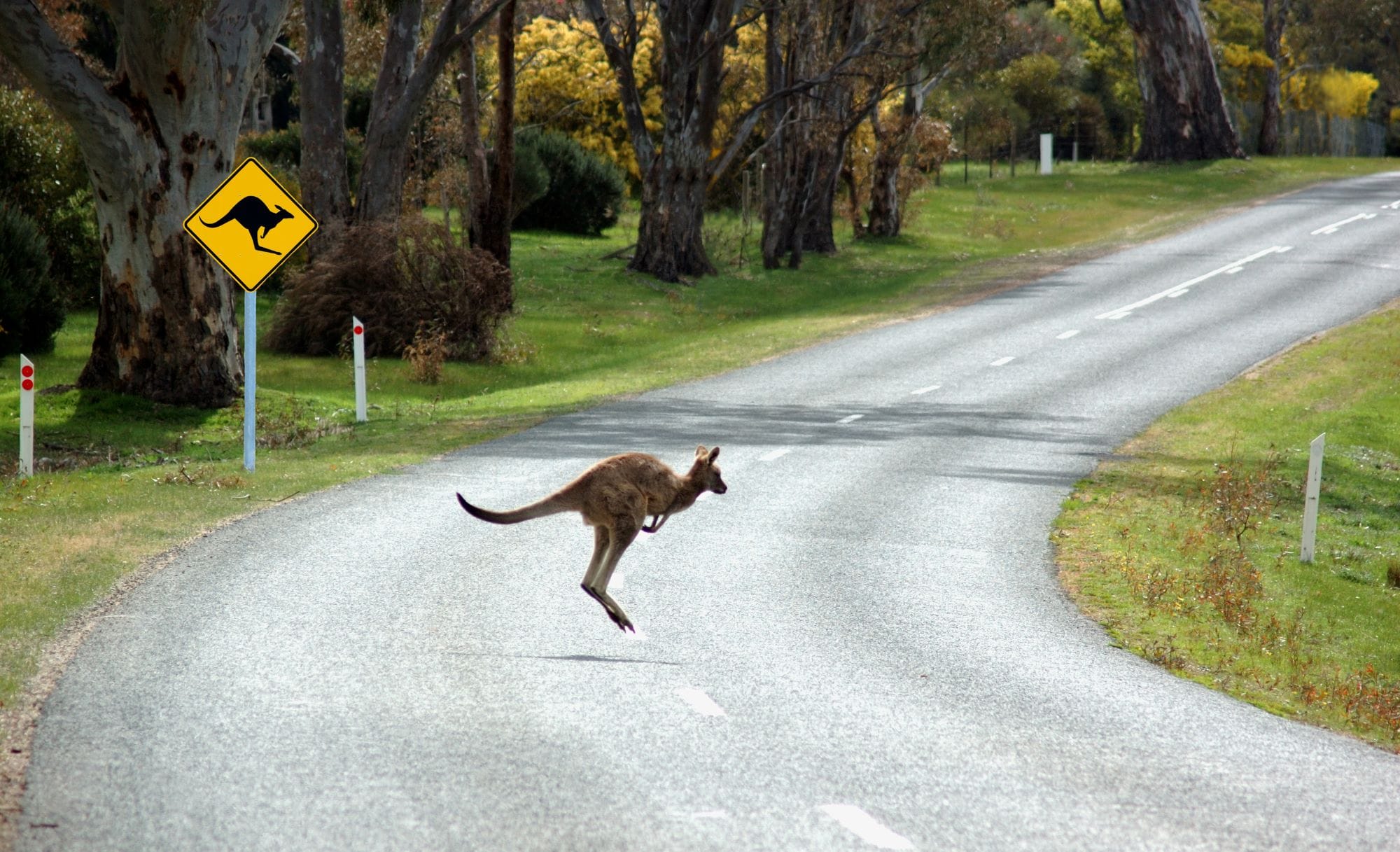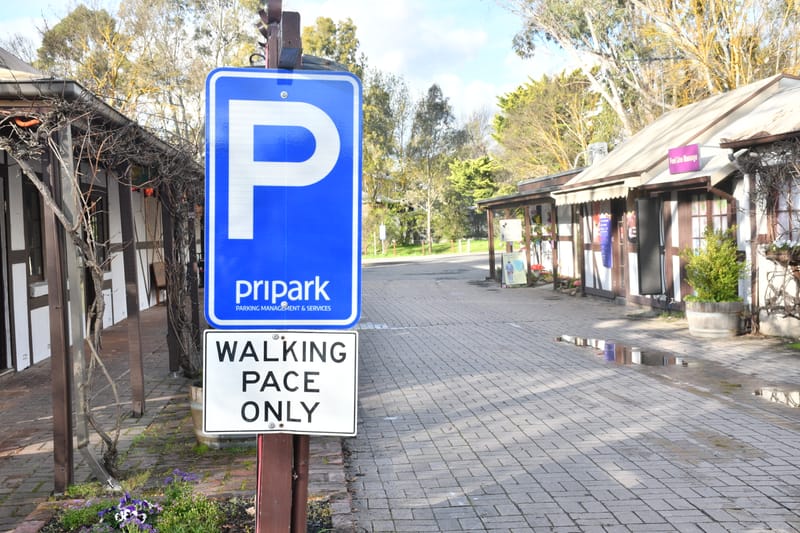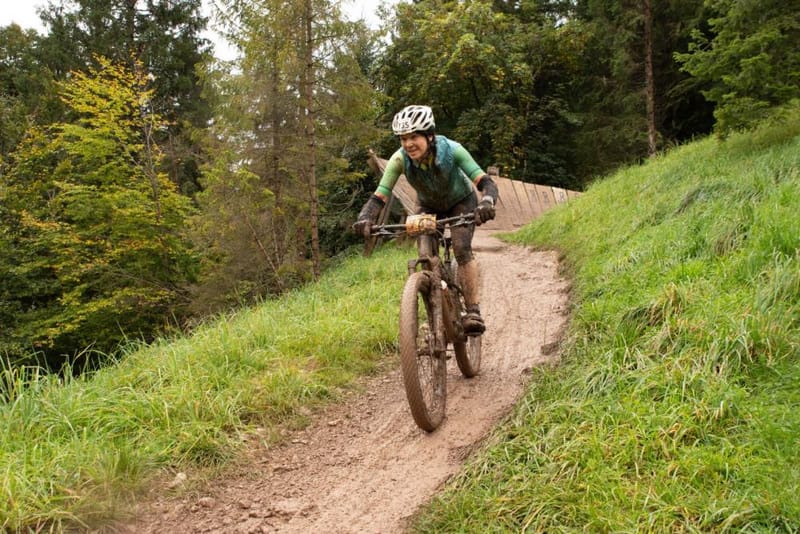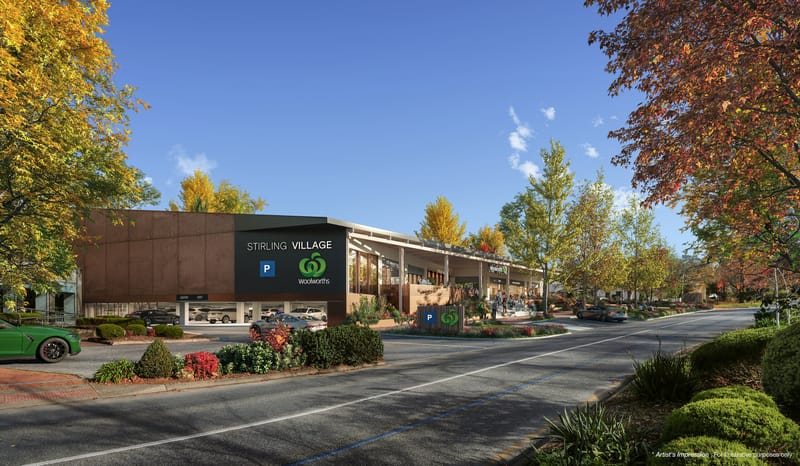How to manage animal dangers on Hills roads
Motorists are being reminded how to safely handle incidents involving animals on the road, as data shows autumn is the worst time for animal collisions. RAA data has revealed that since 2020, animal collision claims in SA increased by an average of...

Motorists are being reminded how to safely handle incidents involving animals on the road, as data shows autumn is the worst time for animal collisions.
RAA data has revealed that since 2020, animal collision claims in SA increased by an average of 22% in autumn, compared with the summer months.
In that time, 87% of animals hit were kangaroos, 7.5% were cats and dogs, 1.8% were emus and wombats and 1.6% were koalas.
The RAA encouraged motorists to exercise caution during dawn and dusk hours – on regional roads in particular – as animals were more active at this time.
RAA insurance spokesperson Kimberley Bolton said it was important to be “vigilant and fully focused when behind the wheel” as animals could jump onto the road “with little to no warning”.
“While colliding with an animal is a regrettable and unnerving experience, we advise motorists not to brake heavily or swerve as this could result in a more serious crash,” she said.
“Where possible, drivers should safely reduce their speed to avoid a collision with an animal, remain alert and remember that animals can be obscured by roadside vegetation.”
Save Our Wildlife Foundation (SOWFI) deputy chair Marian MacLucas said that if a collision did occur, motorists should only stop to check on the animal if it is safe to so.
“If you can’t stop – make a note of the location and call a wildlife rescue as soon as possible,” she said.
“If it’s deceased and is a female marsupial, call a wildlife rescue to help do a pouch check.”
If you are involved in an animal collision and are in need of wildlife rescue assistance, call SOWFI’s wildlife rescue on 08 7120 6610.






